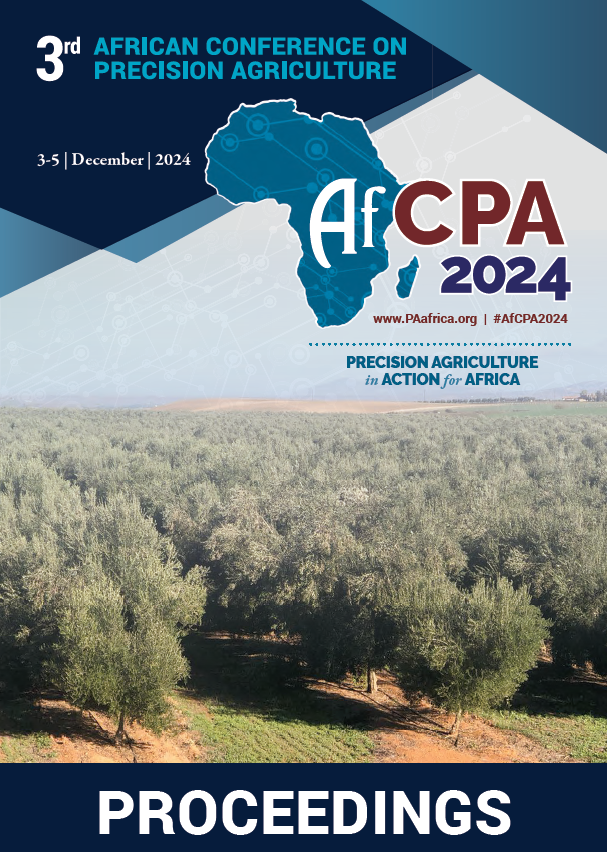Download the Conference Proceedings
Proceedings
Authors
| Filter results3 paper(s) found. |
|---|
1. Digital platforms for boosting farmer knowledge: Two case studies in Kenya and UgandaApproximately 80% of all farms in Africa, or 33 million farms, are two hectares or less in size. Many of these smallholder farmers do not have access to resources, including extension services, to improve their farms. Lack of knowledge of Good Agronomic Practices (GAPs) causes farmers to fail to reach their full yield potential. Extension workers responsible to provide these GAPs to farmers are spread thin. For example, as of March of 2019, there was one extension worker for every 1,800 coffee... E. Bakirdjian, T. Harigaya, M. Osia, J. Zhu, J. Abuli |
2. Mapping spatial variability of soil nutrient deficiencies in smallholder villages – a prerequisite for improved crop production in AfricaSmallholder farming is the dominating type of agricultural production in many parts of Africa. If cultivation practices can be adapted to match the specific needs of individual smallholder plots, this can certainly be regarded as a form of precision agriculture (PA), considering their limited size. A fundamental prerequisite for successful application of PA is the availability of basic information on soil properties at a detailed enough level. To fill yield gaps, site specific information must... M. Söderström, K. Piikki, J. Kihara, J. Mutua, J. Wetterlind |
3. The Future of Farming: Bringing Biophotonics and Machine Learning to Revolutionize AgricultureThe future of farming is set to be revolutionized by biophotonics and machine learning. Biophotonics is the study of the interaction of light and living matter, and machine learning is a form of artificial intelligence that allows computers to learn from data. Together, these two technologies will allow for more precise and efficient farming, as well as greater yields and less wastage. Biophotonics will allow for more precise targeting of crops with pesticides and herbicides, as well as more efficient... S. Ndlovu |
